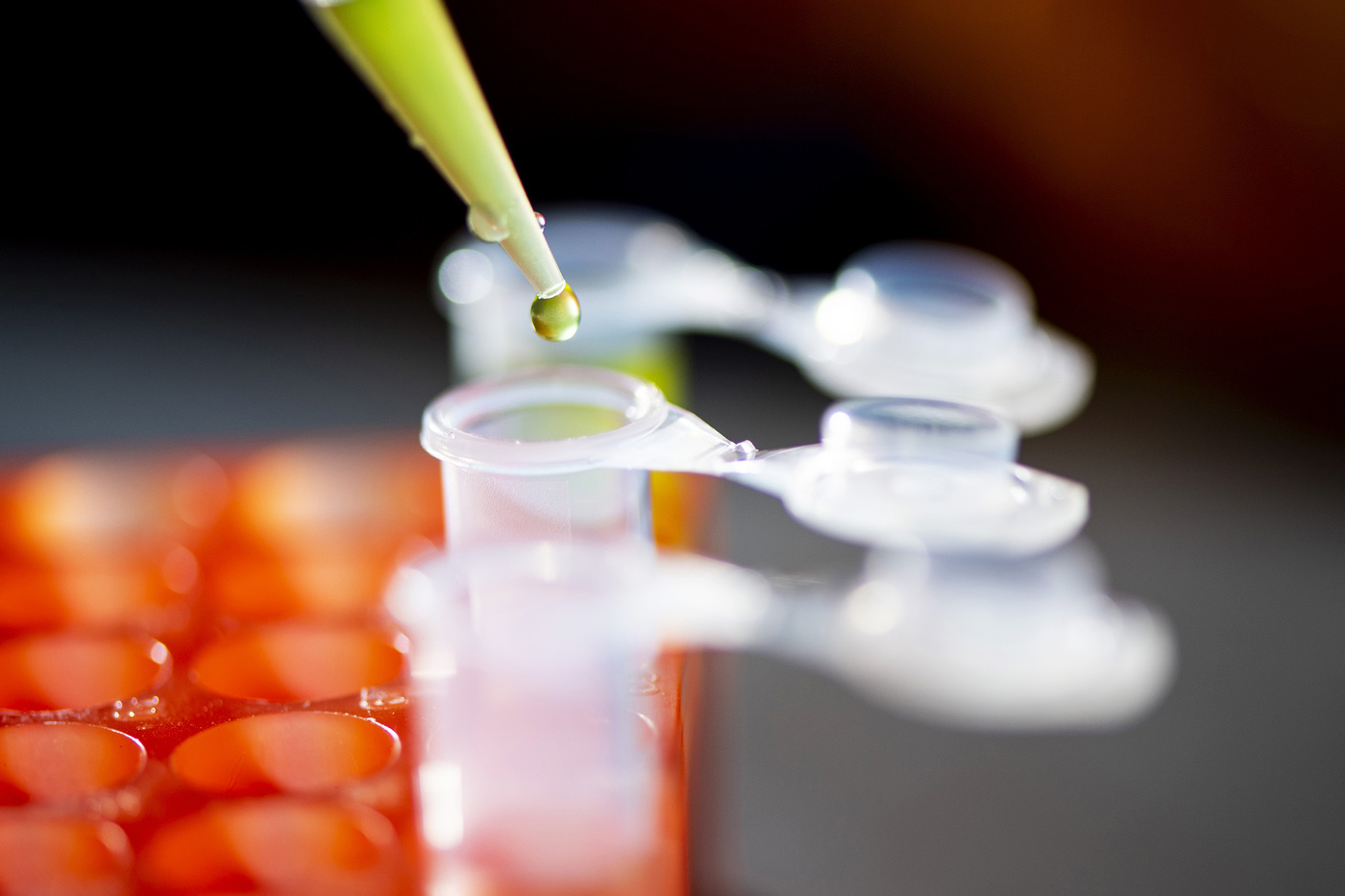More than 20,000 new coronavirus cases have emerged each day on average in Massachusetts for the past week. But in the bowels of Boston, there is a hint that the omicron-fueled surge may be on the verge of decline.
That glimmer of hope comes from an unlikely place: wastewater.
The coronavirus levels detected in samples from the Deer Island water treatment plant, which processes wastewater from communities around Boston and eastern Massachusetts, show a steep drop in recent days.
What can coronavirus levels in wastewater tell us about the omicron wave?
“Looking at wastewater readings is an important piece of the puzzle,” says Neil Maniar, director of the master of public health program, associate chair of the department of health sciences, and professor of public health practice at Northeastern. But “the interpretation of the wastewater data is much more complex than when folks look at the regular case counts.”
Case counts are fairly straightforward. Someone took a test that returned a binary result: Either the test detected SARS-CoV-2, the coronavirus that causes COVID-19, or it didn’t. Case counts gives a head count of the number of individuals in a population that reported a positive test result.
But there are all kinds of reasons that someone might not get tested or report their positive result to public health officials, says Maniar. They might be asymptomatic and not realize that they have been infected. Or maybe testing was inaccessible to them, or they couldn’t find the often-out-of-stock at-home antigen tests. Someone who takes a test at home also might not report a positive to authorities and simply quarantine on their own, too.
Read more on News@Northeastern.
Photo by Ruby Wallau/Northeastern University.

